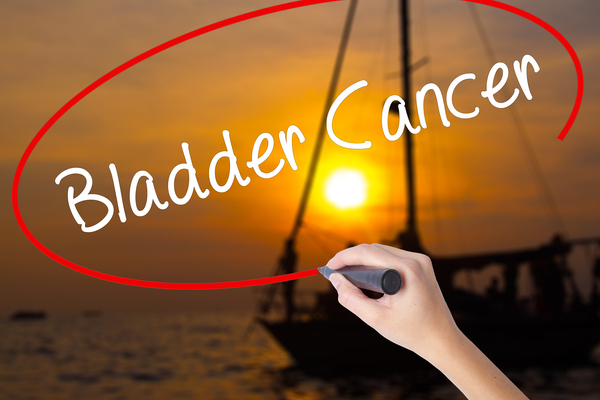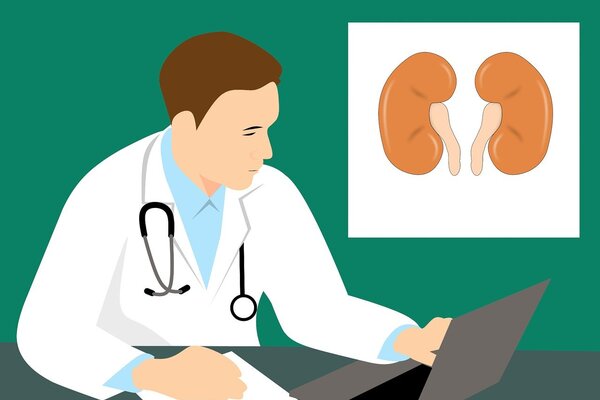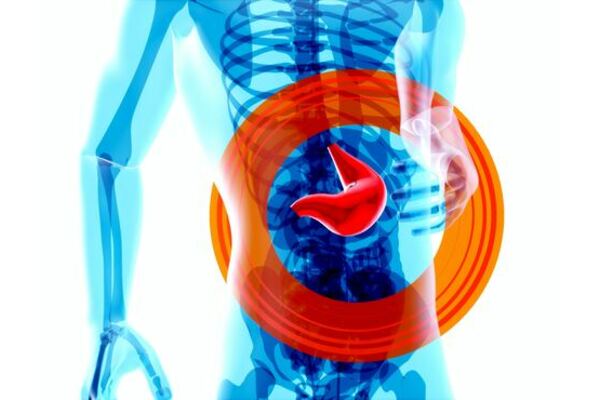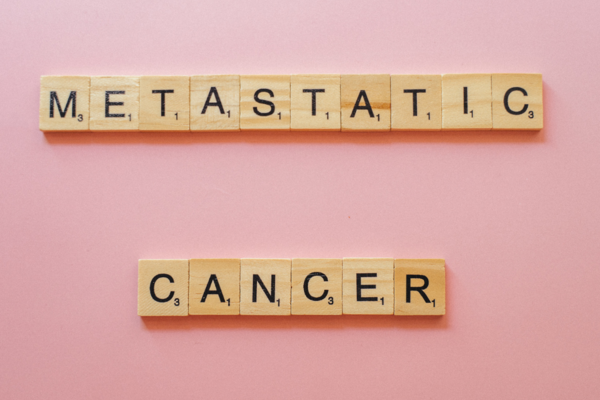Bladder cancer
Bladder cancer happens when a tumour develops in the bladder lining and, in some cases, spreads into the bladder muscle.

The most common type of bladder cancer is what doctors call a non-muscle-invasive bladder cancer, which is when the cancerous cells are contained in the lining of the bladder - most people don't die from this type of cancer.
A less common form of bladder cancer is when the tumour spreads into the surroundings bladder muscles (muscle-invasive bladder cancer), which has a higher risk of spreading to other parts of the body.
What are the symptoms?
Who is at risk?
Treatment
The treatment will depend on which type of bladder cancer and the risk of the cancer spreading to other parts of the body or how spread it is already.
Treatment may include:
More information on:
 Kidney Cancer
Kidney Cancer Liver Cancer
Liver Cancer Living with Metastasised Breast Cancer (MBC)
Living with Metastasised Breast Cancer (MBC) Urological Cancers
Urological Cancers